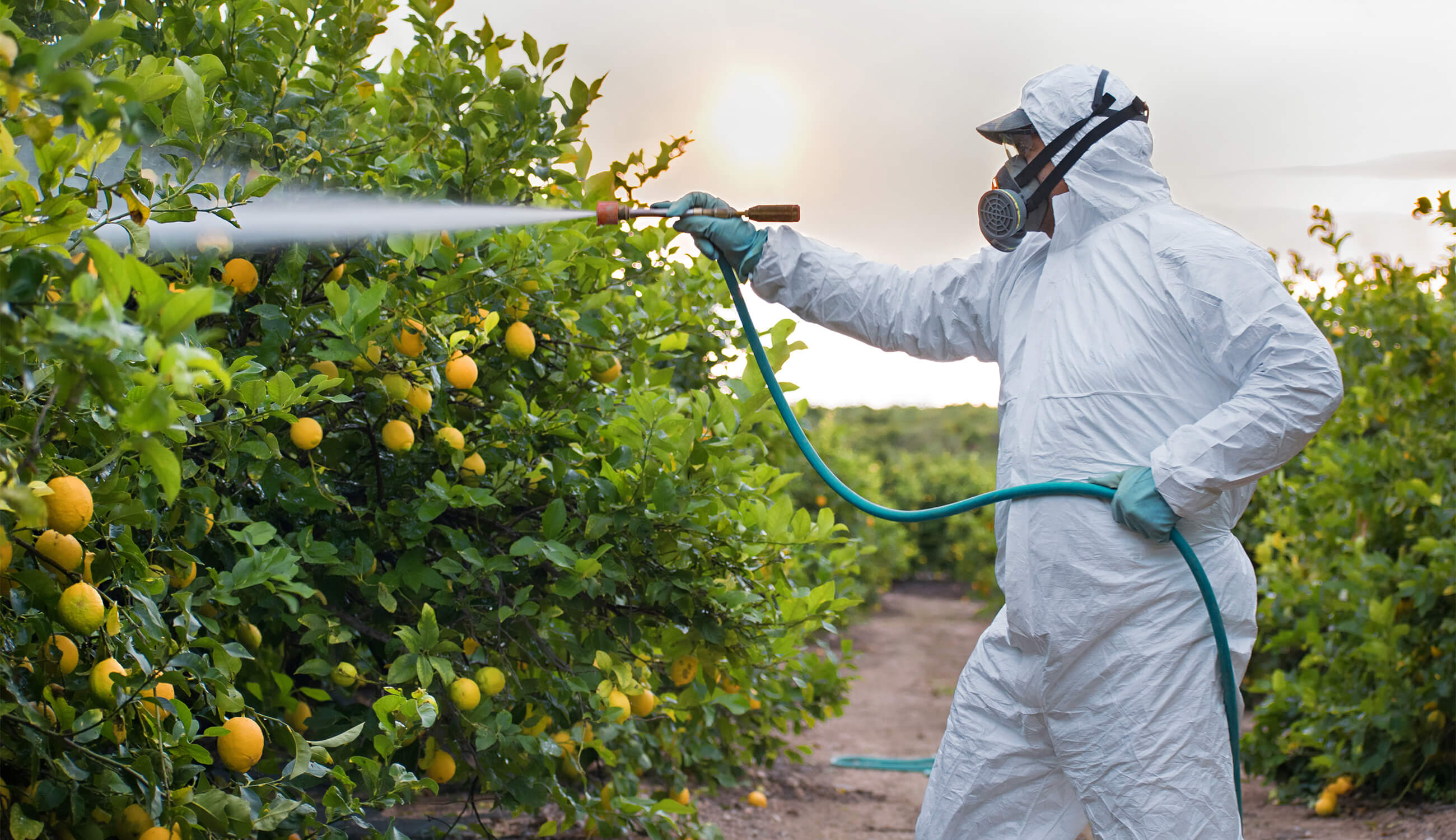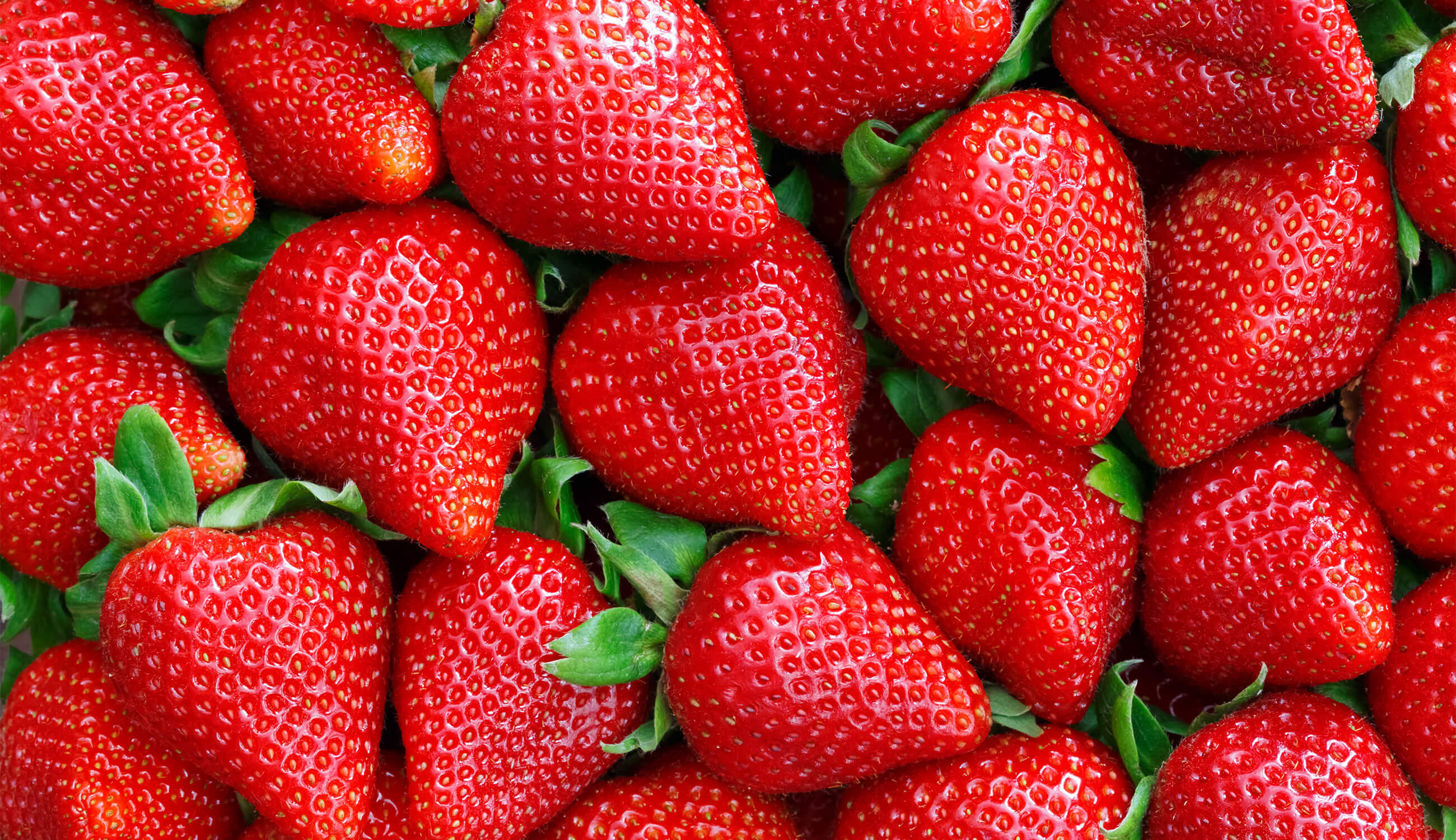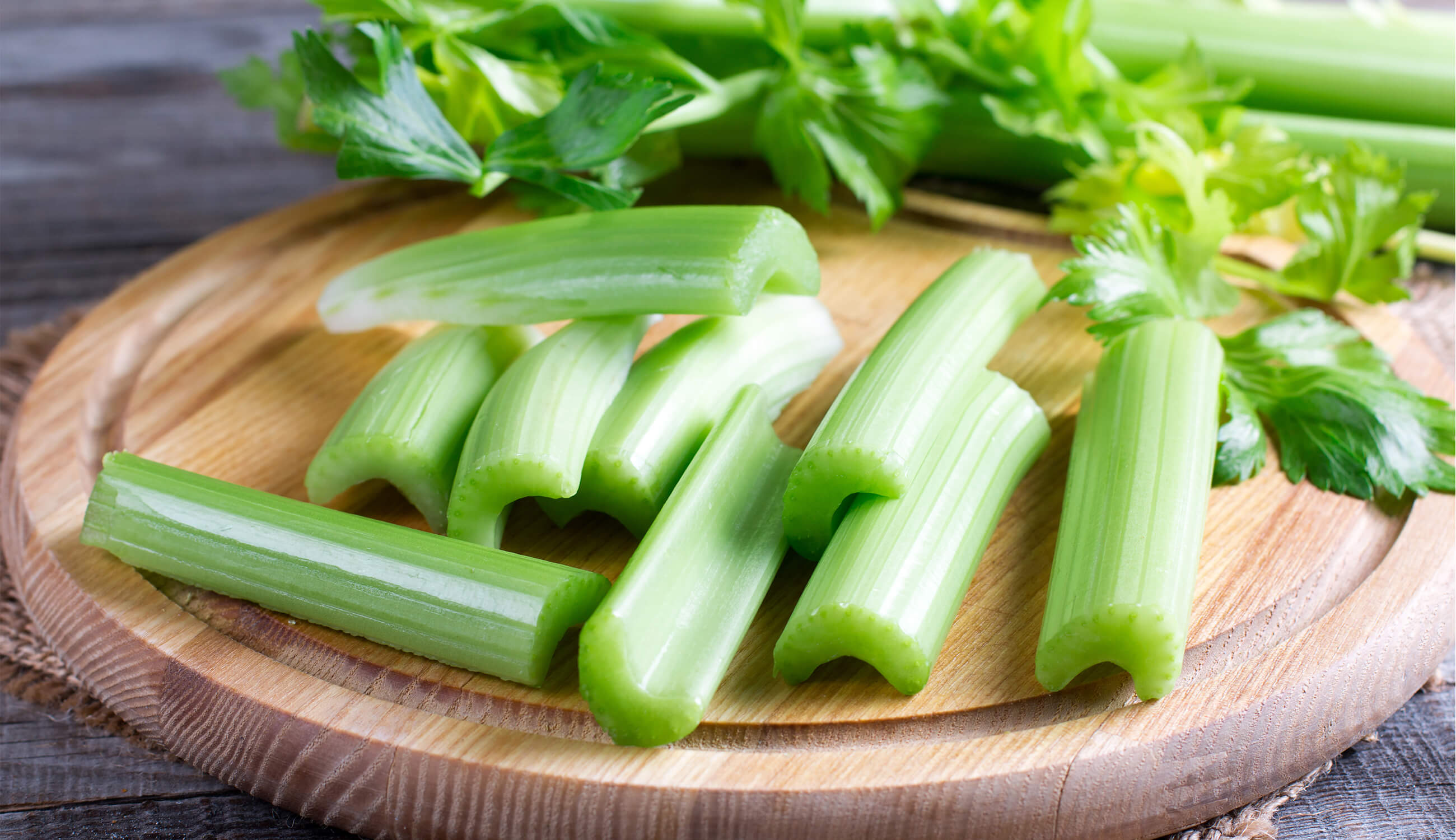How choices made in the produce section can affect your health
Posted on September 8, 2020 Written by: 100% PURE ®
Are pesticides getting in the way of you enjoying a healthy diet of fruits and vegetables? EWG recently released their 2020 version of the “Dirty Dozen™”, a summary of the most contaminated produce items sold in stores.
But what exactly is the Dirty Dozen™, and who decides what goes on it? More importantly, what can we gain from it as shoppers?
In this brief shopper’s guide, we’ll shed a little light on this ever-changing list and spotlight its counterpart, “The Clean Fifteen™”. We’ll also go through some of our favorite methods for cleaning your produce! Whether you’re dealing with a cantaloupe or delicate micro greens, we have tips for prepping your favorite foods.
Finally, we’ll address the million dollar question: are pesticides really that dangerous?

The Dirty Dozen™ is an annual list posted each spring by the Environmental Working Group (EWG), and has been ongoing since 2004. According to the experts that compile this list, it reveals which items may contain heightened or elevated levels of pesticides.
As most analysis for these lists is based on data from the US Department of Agriculture, this list is regarded as an authority among both health professionals and health conscious shoppers. The Dirty Dozen™ is also based on over 40,000 samples of fruits and vegetables tested by the USDA and FDA, ultimately finding that nearly 70% of non-organic produce items sold in the US contain pesticides.
As a result, the annual release of the Dirty Dozen™ can hold a lot of influence over agricultural methods, as it questions the safety of some conventional methods no longer condoned.

Here is the official Dirty Dozen™ of 2020:
|
|
These are just the top 12 offenders. You can also review the full list from EWG’s 2020 Shopper’s Guide to Pesticides in Produce™.
While the Dirty Dozen™ refers to produce that may contain more pesticides when conventionally grown, the Clean Fifteen™ is essentially the opposite. This list includes produce that, even when farmed traditionally, shows very low levels of pesticides overall. Much like the Dirty Dozen™, the Clean Fifteen™ is submitted yearly, is based largely on FDA and USDA research, and can be subject to change as studies progress.
Almost 70% of these produce samples had no trace pesticides at all:
|
|

Whether it’s certified organic or conventional, washing your produce is a step that should never be skipped. Washing removes significant levels of pesticide residue, excess dirt, and germs from workers and shoppers who handled it before you bought it.
Conventional washing might mean running your fruits and veggies under a cold tap, but there are other effective ways to get your produce clean and ready to eat.
Here are 5 ways to wash your produce more effectively:
Cold Water Rinse
According to researchers from the Connecticut Agricultural Experiment Station, rinsing produce under cold water can reduce residues of 9 of the 12 pesticides tested.
Vinegar Soak
Vinegar can be an effective ingredient for killing bacteria, and you can safely use it for washing your produce with a 20 minute soak. While harder produce like potatoes will probably do fine with full-strength vinegar, it is recommended that more fragile produce like berries are washed in a 1-part vinegar 4-part water solution.
Saltwater Soak
NutrionFacts.org suggests that soaking produce in a 10% water solution can help reduce residual pesticides. The suggested soak time is around 10 minutes, though some claim that up to 30 minutes is ideal. Strawberries especially can benefit from a good salt water soak – supposedly, it helps rid these Dirty Dozen™ repeat offenders of bugs.
Blanch and Peel
A warm water soak followed by a peeling is recommended for vegetables with lots of crevices. These include root vegetables like carrots, turnips, beets, jicama, and potatoes.
DIY Fruit & Veggie Wash
If you’d like to create your own cleaning solution for fruits and vegetables, check out our simple recipe below. You probably already have most of the required ingredients!
You’ll Need:
-
Spray bottle
-
Colander
-
Distilled white vinegar (you can also use apple cider vinegar)
-
Clean water
-
Pure lemon juice (contains citric acid, which is naturally antibacterial)
-
Gentle scrub brush
Instructions
-
In your spray bottle, combine 1 cup vinegar with 4 cups water. Add a tablespoon of lemon juice, then shake to combine.
-
To use your veggie spray, place your produce in a colander. Spray generously and allow to sit for 5 minutes, before rinsing & drying with a clean towel.
You’ll Need:
-
Glass/metal bowl
-
Distilled white or apple cider vinegar
-
Clean water
-
Table salt
-
Colander or a salad spinner
Instructions
-
Place greens into a glass or metal bowl. Fill bowl with a 1:4 vinegar to water solution. Add 1 tablespoon of salt.
-
Let the greens sit in the solution for 2-5 minutes before removing.
-
Thoroughly rinse the mixture with cold water.
-
Dry by gently shaking in a colander, or in a salad spinner with low speed.
There is mounting research indicating that many synthetic pesticides may pose serious health risks. However, a thorough 2011 study showed that pesticide levels found in their produce samples were well below the federal limit; as much as 1,000x below the limit proposed by the Environmental Protection Agency.
That being said, health experts generally agree that eating organic versions of the produce listed on the Dirty Dozen™ list should prevent the risk of being seriously affected by any of these pesticides. These effects could be immediate, or through long term bioaccumulation.
In addition to being lower risk for your health, organic produce may also be the more nutritious option. A 2014 paper from Cambridge’s British Journal of Nutrition showed that organic produce tends to be significantly higher in antioxidants than conventionally farmed produce. As we already know, antioxidants are key for neutralizing damaging free radicals in the body and supporting healthy immune function.
While buying fresh organic produce can be quite expensive – or limited in some areas – one tip is to opt for the frozen version, instead. Frozen is usually cheaper for the quantity, lasts longer, and still tastes great! You can also buy fresh organic produce then clean, cut, and freeze it for a rainy day.
- Tags: Clean Living, September-2020
We carefully hand-select products based on strict purity standards, and only recommend products we feel meet this criteria. 100% PURE™ may earn a small commission for products purchased through affiliate links.
The information in this article is for educational use, and not intended to substitute professional medical advice, diagnosis, or treatment and should not be used as such.











